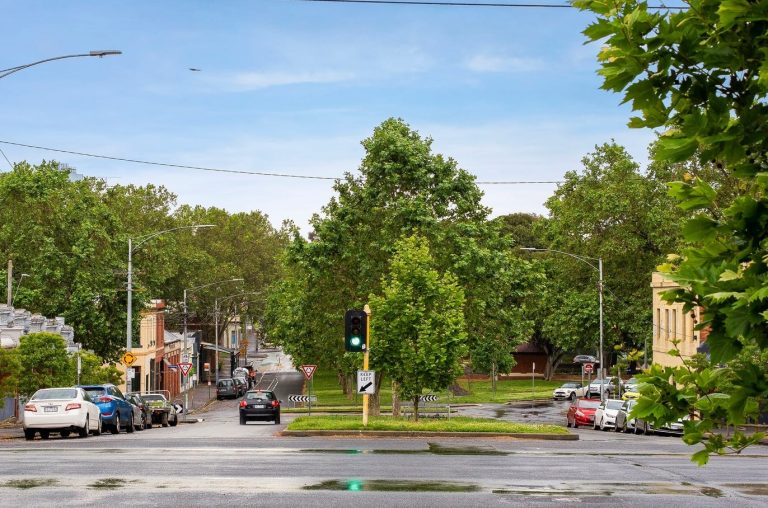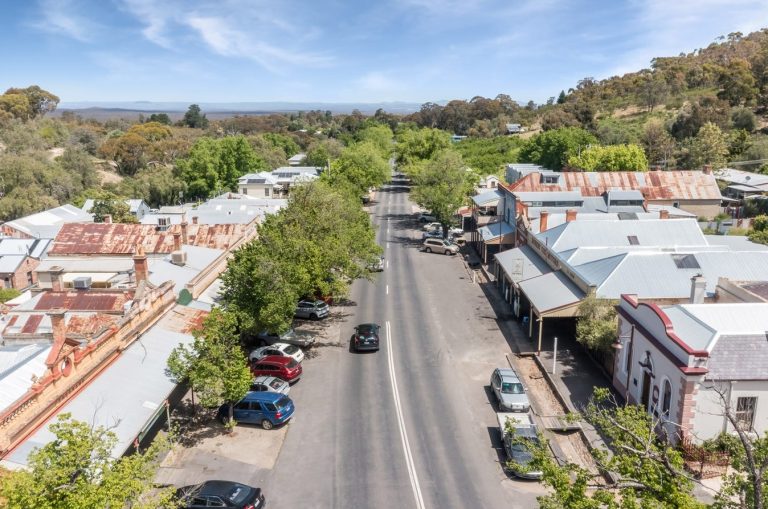Renting an office for rookies

When considering renting a commercial office, there are a number of factors to be taken into account.
Location, Location, Location
The first is location. Ideally your office should be accessible and central to your clients. If for example, the majority of your clients are in Parramatta but you are looking at spaces in North Sydney, remember the age-old idiom, ‘location is everything’. If you are far from your client base this will act as a deterrent when it is time for them to come in for a meeting or catch up. If you spend a large amount of money setting up a new, customer facing office, it will all be in vain if you can’t reach those customers.

The same can be said for your staff and the choice of location. An important consideration in Sydney is proximity to public transport. It’s highly advisable to be on or close to a train or bus line. This will also help when attracting quality staff. If your office is off the beaten track then it will make it harder to appeal as well as and retain them.
Read more: 6 tips to help choose the right business location
Size matters
Your second concern is size, which is determined by a few separate elements. The main one is the number of staff you have. The industry rule of thumb is approximately 10 square metres per person. This number takes into account a small reception, small meeting room and utilities.
Based on that rule, if you have 10 staff you will require 100 square metres. There are definitely some variables to this. If you require large boardrooms, breakout areas, multiple offices or a kitchen, then your size needs will increase.
Read more: Home office or traditional office: weighing up the options
Money Talks
When searching for an office, you must ask yourself the hard question, ‘how much can I pay on rent?’ Then answer it realistically. The main components that decide price are location, building quality and natural light/outlook.
Generally the closer you are to public transport the higher the rent. A building that is modern and up-to-date with facilities (lifts, services or air-conditioning) will cost more than an older building with tired facilities. The exception here is an older heritage style building that has had a substantial refurbishment. Here it gives the building a point of difference, and these buildings have a strong following by creative tenants.
Natural light is often one of the major factors considered by inquiries, along with a pleasant outlook. Buildings with good natural light and outlook are more expensive. Skyline, park or harbour views can escalate figures even more.
Cost price
The fourth are setup costs. You will have a number of setup costs to budget when leasing an office. All owners require a bank guarantee for security over the space. This is generally around six months rent for a three-year commitment. In some cases this may be reduced subject to you supplying sufficient financials to confirm to the owner that you have a solid business and are a good risk. As a guide, legal fees generally cost between $1,000 and $2,500. For insurance, you will require public liability insurance of at least $20 million, as well as business and general insurance. Rents are paid monthly in advance so this will need to be paid at lease commencement.
What’s in it for you?

The last and most favourable for tenants are lease incentives. Landlords will offer tenants incentives to entice them to lease their offices. Incentives are generally on a case-by-case basis, and are dependent on many factors such as lease term, type of business, and vacancy in the particular building. The larger the office, the larger the incentive. If the office has a nice fit-out in place then the incentive will be lower, and vice versa if there is high vacancy.
At time of writing incentives are strong, institutional owners are offering at least a 20% discount on the terms rental, this can escalate to 30% in some cases. Smaller owners usually offer 10% however their grade of building is usually B and below. Incentives are generally offered as rent abatement over the term of the lease effectively reducing the monthly rent by the percentage negotiated, in some cases fit-out contribution is also offered.
In a Nutshell…
Renting an office space should not be so super hard. If you follow the above steps, use common sense and give yourself enough time, the lease process should be an easy one.
Unlike the residential world, commercial agents are able to show you every available office space for lease, even if it’s not directly listed by their agency.
Find an agent you like and trust and let them to put all of the available options to you. All you have to do then is make a decision.
Good luck!







